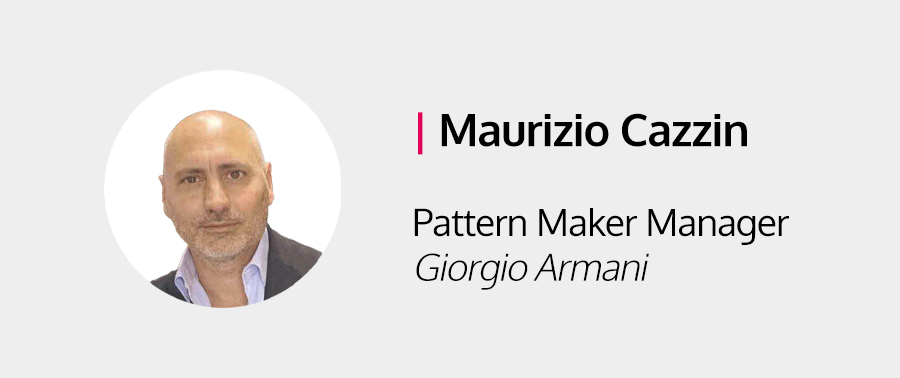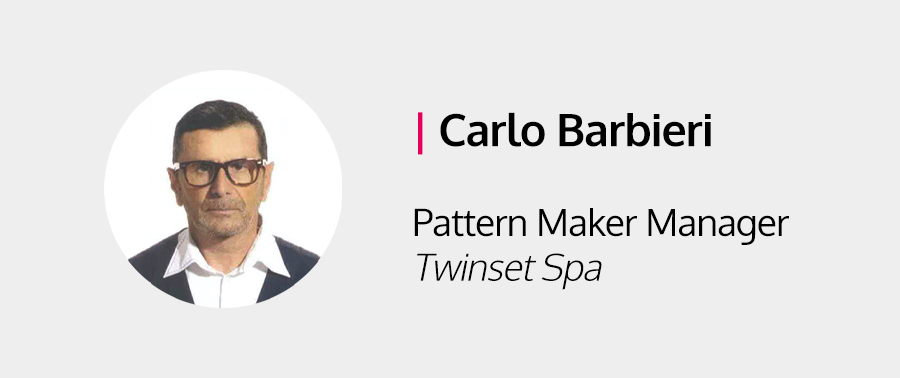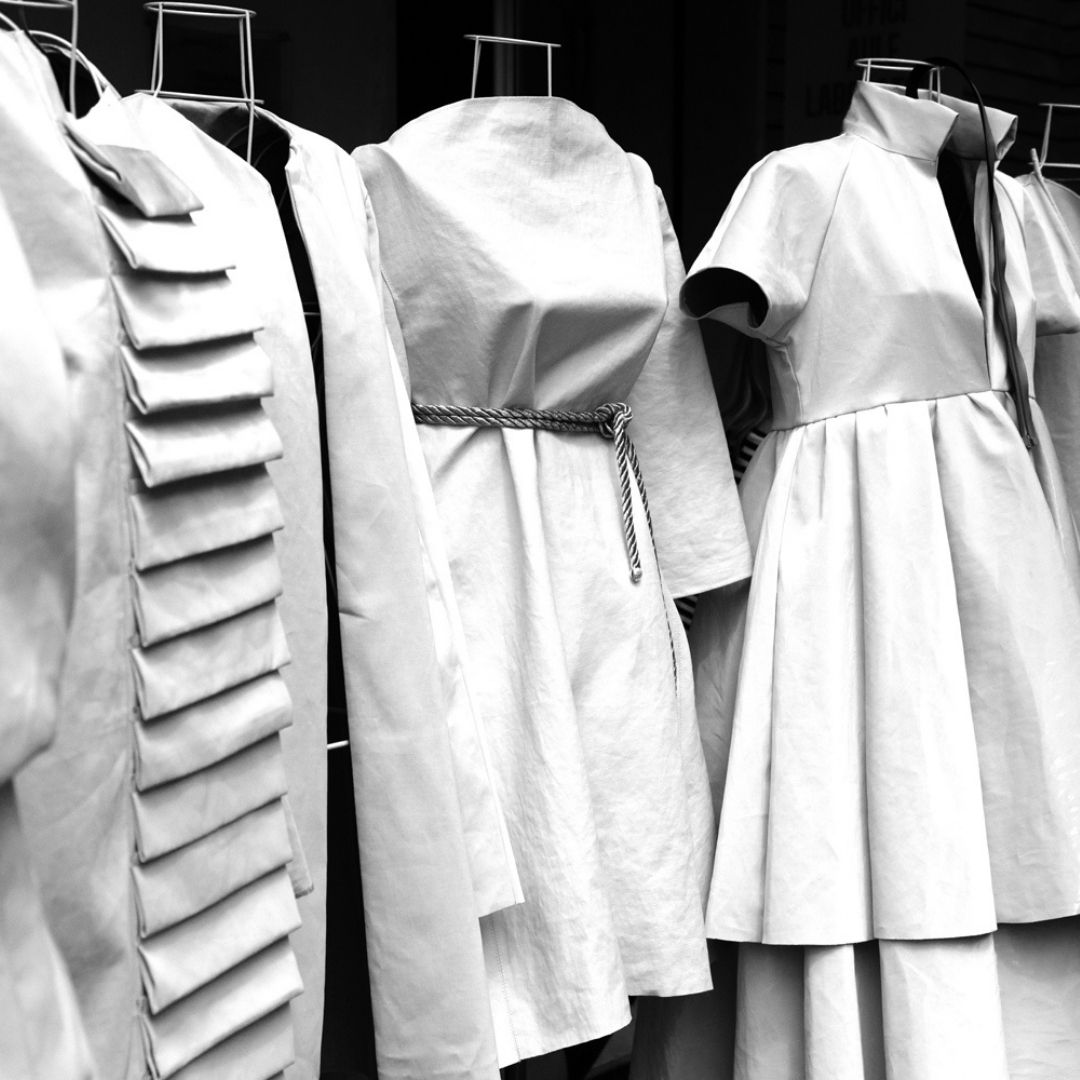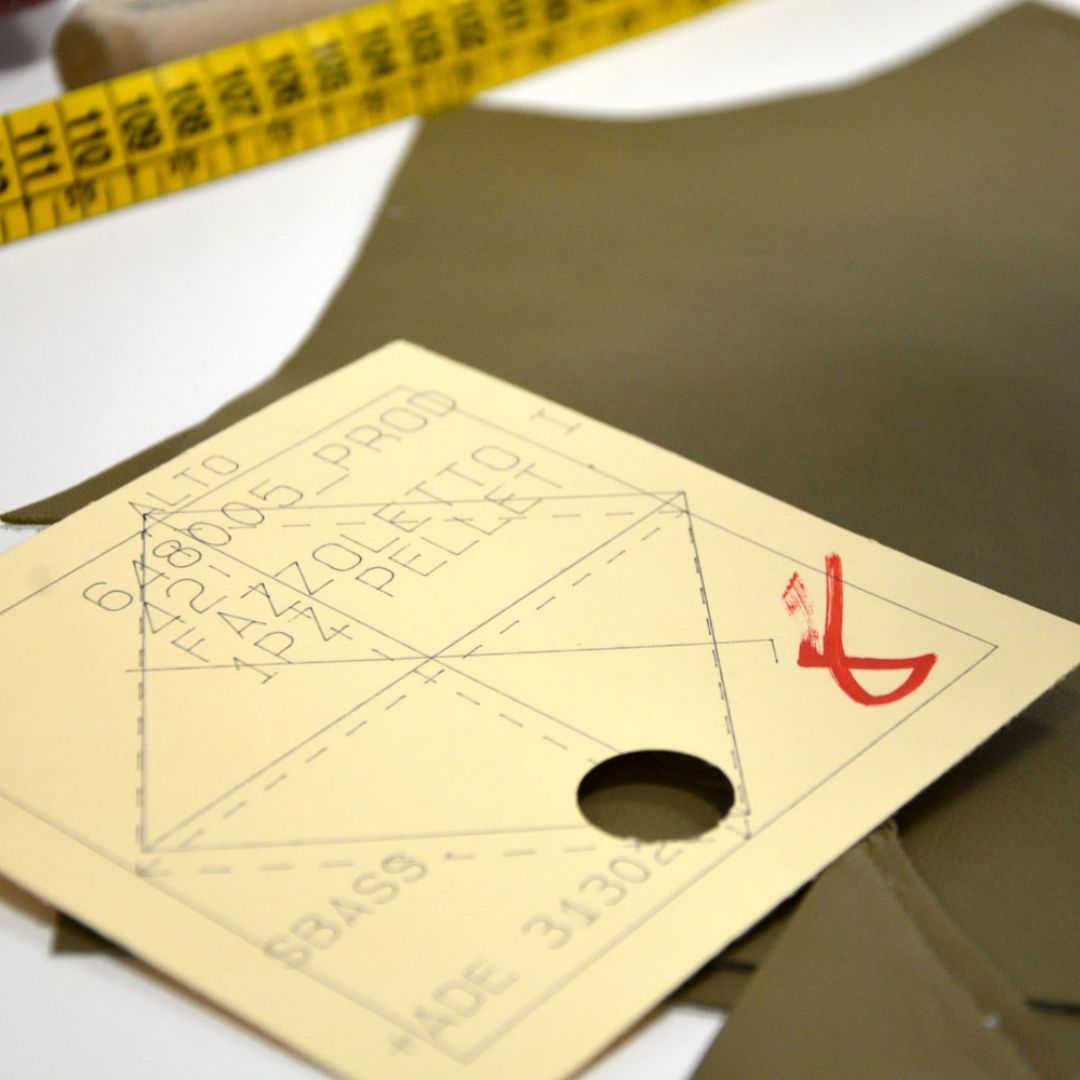The pattern makers are the heart of the design process that leads to the birth of a collection. In fact, they translate the designer’s drawings into paper patterns ready to be transferred onto fabric. Istituto Modartech, thanks to the dedicated training courses of Fashion Area, forges emerging talents every year who undertake with the model-making profession, increasingly requested by the business world, was successful.
Like the student Giulia Ferruzza, this year winner of the “Pattern Maker Award” promoted by Lectra as part of the International Lab Of Mittelmoda – The Fashion Award at MICAM.
As part of the competition we discover the testimony of two established professionals, special jurors in Mittelmoda, who tell us about their experience.


1. What are the most important skills?
CB: “Creativity, concreteness and a transversal know-how on the production chain; from the cutting of the prototype to the packaging of the garment, up to the ironing without neglecting the knowledge of the fabrics.”
MC: “Future model makers must possess an artistic sensibility, combined with mathematical and geometric skills to interpret lines and volumes. A lot of passion, precision and patience because they often have to redo the pattern several times to meet expectations.”
2. Which departments of the company does the pattern maker collaborate with?
CB: “With many departments of the company, from the Style Department to the technical and production department, because it concretizes the idea of the Style Department making it reproducible in series and this is a very important aspect.”
MC: “He is at the center of a company’s value chain: there is a handover with the Style Office and then the collaboration goes to the Product Office to start the creation of the garments. It can be within a company that produces the garments directly or in an external service to which the maison entrusts the creation of patterns and prototypes.”
3. What are the most important skills?
CB: “Creativity, concreteness and a transversal know-how on the production chain; from the cutting of the prototype to the packaging of the garment, up to the ironing without neglecting the knowledge of the fabrics.”
MC: “Future model makers must possess an artistic sensibility, combined with mathematical and geometric skills to interpret lines and volumes. A lot of passion, precision and patience because they often have to redo the pattern several times to meet expectations.”
4. Which departments of the company does the pattern maker collaborate with?
CB: “With many departments of the company, from the Style Department to the technical and production department, because it concretizes the idea of the Style Department making it reproducible in series and this is a very important aspect.”
MC: “He is at the center of a company’s value chain: there is a handover with the Style Office and then the collaboration goes to the Product Office to start the creation of the garments. It can be within a company that produces the garments directly or in an external service to which the maison entrusts the creation of patterns and prototypes.”
5. Your advice for future modelers?
CB: “It is important that young people choose academic and university paths aimed at the profession and that they participate in competitions, such as the one offered by Mittelmoda, which allow them to express themselves with the utmost freedom and creativity by proposing innovative and winning ideas for increasingly competitive markets.”
MC: “My advice is to invest in training and persevere!
It is essential to cultivate curiosity and the desire for learning and comparison, accept criticism in a constructive way and never give up while looking for a job. The craft of modeling gives great satisfaction over time but it takes constant commitment and dedication.”
Source: TechnoFashion, December 2021
For more information on the Fashion Area courses, send an email to orientamento@modartech.com or contact us directly at 0587 58458.











